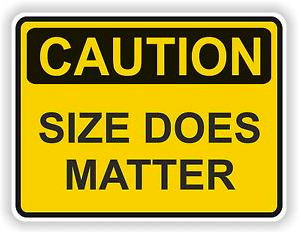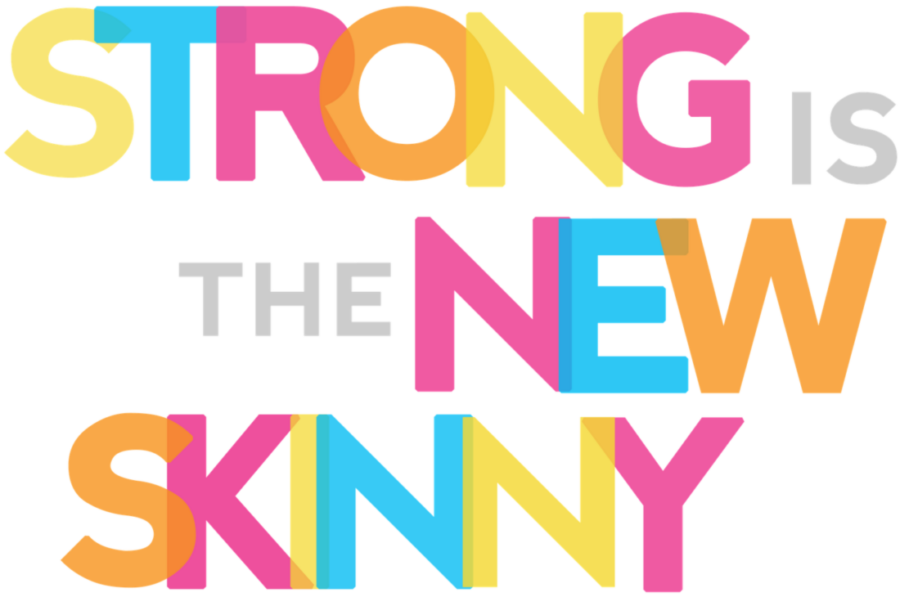The Scoop on Heart Rate
Remember old-school aerobics class when you were asked to count your pulses on the side of your neck for 10 or 20 seconds to get a heart rate reading? See, monitoring Heart Rate is nothing new in the fitness industry, but now we have new tools that make it much easier to do so.
Unfortunately, you need to know what it all means now… and if you don’t, you better make sure your trainer does!
First, THEY ARE NOT ALL THE SAME! Yes, they might read your heartrate as, for instance, 140 BPM, but some don’t even know if you are an athlete or an overweight stockbroker who never works out, so how can they tell you if you are working to YOUR optimal levels? YOU need to be an advocate for yourself, and learn how to change the settings and know what it all means. Here’s the scoop.
You need to know your Resting Heartrate: Generally, the lower your resting heartrate the better. The average resting heartrate for adults is 60-100 BPM, and for athletes 40-60 BPM. This will vary according to age and physical condition. Medications and body mass also may affect your resting heartrate. Many heartrate monitors and activity-tracking devices, like Fitbit, will measure your resting heartrate for you. If you only have a torso strap, you can figure out your resting heartrate by measuring your BPM for a full minute IN BED before sitting up for three days in a row. You can then average the three readings.
Any good monitor will figure out your Heart Rate Zones, which are based on your Maximum Heartrate based on the Karvonen Formula, which considers your resting heartrate rather than 220 or 230 minus your age*. If yours uses the simple formula and not the Karvonen Forumula, you should go into “settings” and change your Heartrate according to the formula. Many of the newer activity trackers that track sleep as well, will actually use your resting heart and adjust your maximum as you get stronger, however, you have to make sure this is the case.
*the basic formula of 230 or 220 minus your age basically says that a sedentary 200 pound female who is 40 should have the same maximum as a 40 year old female marathon runner. Seriously?!
Once you have your Maximum heart rate, your monitor will figure out your zones. HOWEVER, NOT ALL ZONES ARE CREATED EQUALLY!

From this chart, you will see that somebody wearing an OT Beat (Orangetheory’s monitor) does not get into the “cardio burn” zone until 84% of their max heartrate, but somebody wearing the Fitbit is considered “cardio zone” at 70% and ENDS at 84%! So, the person wearing the Fitbit may think they are working as hard as the person wearing the OTBeat, but they actually aren’t at all!
Most, not all, apps allow you to modify your settings for your ZONES as well. The most accepted is the Polar/My Zone/FITIV zones that put you in your “vigorous zone” at 80%.
From there, you can monitor your activity to see if it is in accordance with the American Heart Association.
AHA Recommendation
For Overall Cardiovascular Health:
- At least 30 minutes of moderate-intensity aerobic activity at least 5 days per week for a total of 150. (this is 60-79% of your average heartrate, or the blue and green zones in most apps)
OR
- At least 25 minutes of vigorous aerobic activity at least 3 days per week for a total of 75 minutes; or a combination of moderate- and vigorous-intensity aerobic activity (80-100%–the yellow and red zones)
AND
- Moderate- to high-intensity muscle-strengthening activity at least 2 days per week for additional health benefits. (70-89% of max)
For Lowering Blood Pressure and Cholesterol
- An average 40 minutes of moderate- to vigorous-intensity aerobic activity 3 or 4 times per week (Blue through Red, Varying Intervals)
Now, as you get stronger and healthier, your RESTING HEART RATE should change, so your max should change as well, so if your activity tracker does not regularly take your RHR into consideration and adjust your MHR accordingly, you should be doing so. This will make it so that you have to continually work up to your new fitness level. You will notice it is harder and harder to get your heartrate up, and your recovery time is much quicker. So, the more fit you get, the faster and harder you can hit it!
Your trainer should be monitoring you to make sure you are not too high for too long, to make sure that you don’t recover too low in between cardio interval sets, etc. If they aren’t, you have the wrong trainer.
Written by:
Delaura “Del” Baldwin
NPTI Personal Trainer & Nutrition Consultant, AFA Group Fitness Instructor
Co-owner, Fitness Director, and Master Trainer at Delirium Fitness


